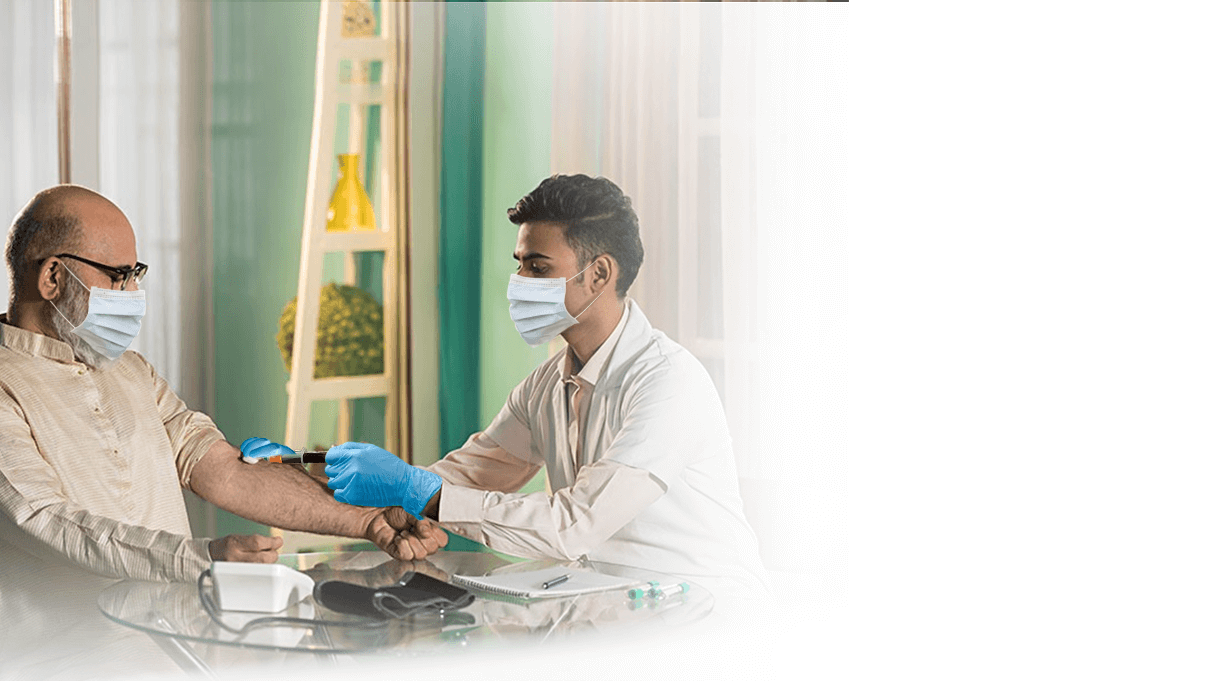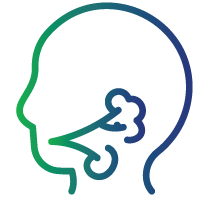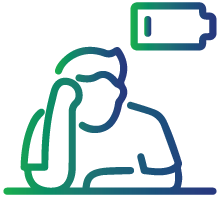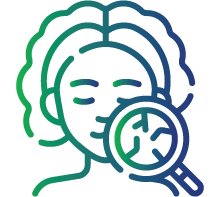
Sjögren’s Syndrome Profile Test
Sjögren’s Syndrome Profile Test
The Sjögren’s Syndrome Profile is a comprehensive panel of tests used to diagnose Sjögren’s syndrome (SS), an autoimmune disorder that primarily affects the salivary and lacrimal glands, leading to dry mouth (xerostomia) and dry eyes (keratoconjunctivitis sicca). This condition may also involve systemic manifestations, affecting the joints, lungs, kidneys, and nervous system. Early diagnosis is essential to prevent complications such as corneal damage, dental decay, and systemic organ involvement.
Sjögren’s syndrome can occur as a primary disorder or be secondary to other autoimmune diseases, such as rheumatoid arthritis or systemic lupus erythematosus (SLE). The profile includes autoantibody tests and inflammatory markers that aid in detecting and differentiating the disease.
What is the Sjögren’s Syndrome Profile Used For?
- Diagnosing primary and secondary Sjögren’s syndrome.
- Assessing autoantibody levels specific to SS.
- Monitoring disease progression and response to treatment.
- Differentiating SS from other autoimmune conditions with similar symptoms.
Symptoms of Sjögren’s Syndrome
Sjögren’s syndrome symptoms primarily affect moisture-producing glands but can involve multiple organs. Common symptoms include

Dry eyes - Gritty, burning sensation, redness, and blurred vision.

Dry mouth - Difficulty swallowing, frequent thirst, and increased cavities.

Swollen salivary glands - Particularly under the jaw.

Joint pain and stiffness - Resembling arthritis.

Fatigue - Persistent and debilitating.

Dry skin and vaginal dryness - Leading to discomfort.
Who Should Take the Test?
- Individuals with chronic dry mouth, dry eyes, or difficulty swallowing.
- Patients with joint pain, fatigue, or unexplained swelling.
- Those with enlarged salivary glands or frequent dental issues.
- Individuals with a family history of autoimmune disorders.
- Patients with other autoimmune diseases such as RA or lupus, where secondary SS is suspected.
Preparation for the Test
No fasting required for the test. Inform your doctor about any medications, especially immunosuppressants, as they may affect results. If a salivary gland biopsy or function test is required, additional preparation may be needed.
Interpretation of Test Results
· Anti-SSA (Ro) Positive- Strongly suggests Sjögren’s syndrome or SLE.
· Anti-SSB (La) Positive- Supports diagnosis; often present in more severe cases.
· ANA Positive- Indicates an autoimmune disorder but not specific to SS.
· RF Positive- Common in SS and RA but requires further correlation.
· Elevated ESR/CRP- Suggests active inflammation in autoimmune diseases.
· CBC Abnormalities- May indicate anemia or leukopenia, commonly seen in SS.
FAQs
Is Sjögren’s syndrome a serious disease?
While it primarily affects moisture-producing glands, it can lead to serious complications involving organs such as the lungs, kidneys, and nervous system.
Can Sjögren’s syndrome be cured?
There is no cure, but medications and lifestyle changes can help manage symptoms and prevent complications.
What are the early signs of Sjögren’s syndrome?
Persistent dry mouth, dry eyes, joint pain, and swelling are common early symptoms.
How long does it take to get test results?
Results are typically available within 5 to 7 days, depending on the laboratory.
What should I do if my test is positive?
Consult a rheumatologist for further evaluation, diagnosis confirmation, and treatment options.

